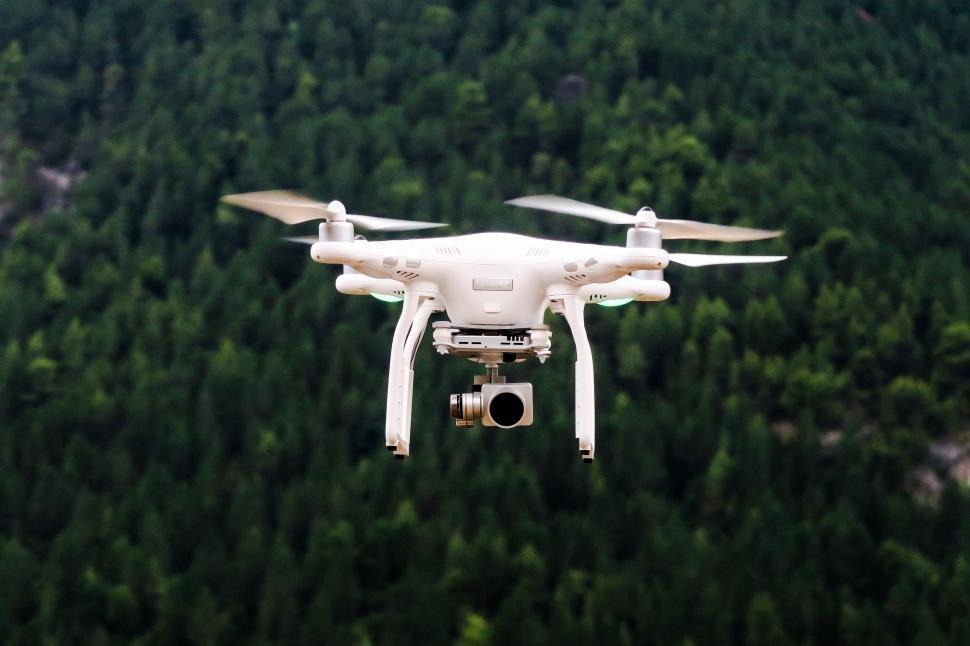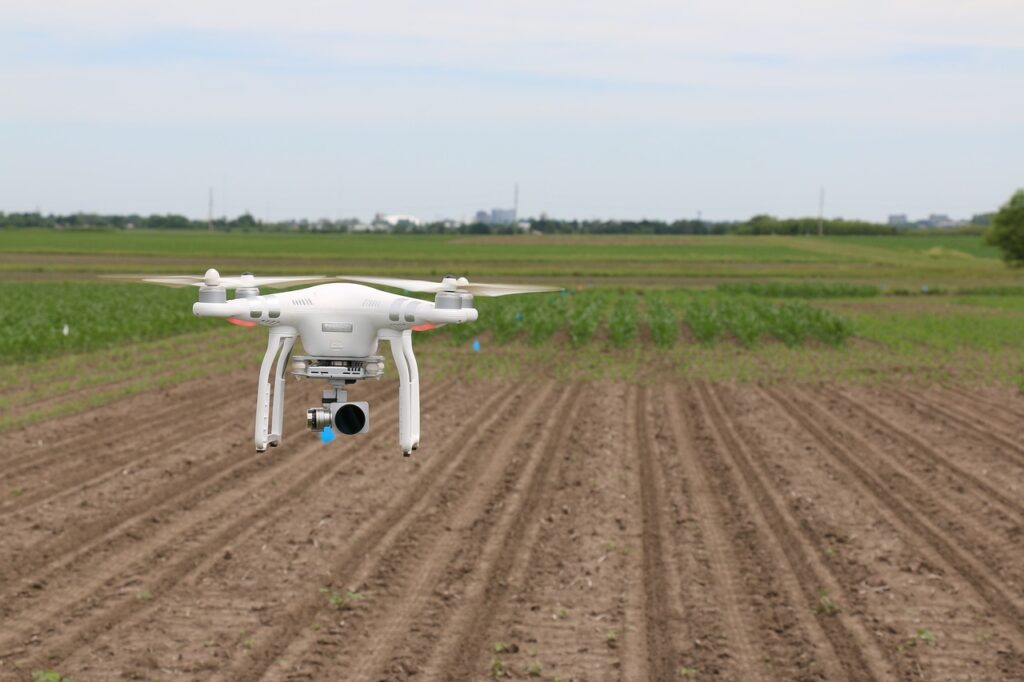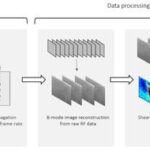We belong to a technical world where technology talks above everything. Someone said right that machines made human life easier. Therefore, you must know the consequences of using a drone for methane detection.
Methane is a very harmful gas and results from the emission of global warming.
It has a significant impact on human life and health. Therefore, proper inspection is necessary to detect it.
Humans can’t investigate the presence of methane by themselves.
Therefore, they use a drone to inspect the presence of methane in the environment. If you are familiar with the word drone, then you know that it is an aircraft controlled by a remote or computer.
You can utilize the device to capture photos from any angle.
In this blog, we will discuss the function of drones for methane detection.
How Can You Use Drone for Methane Detection Work?

Methane detention drones can easily detect the leaks by using light sensors and indicators. These sensors emit safe lasers which are reflected in several ways on substances such as gases.
The reflected beam can analyze even the smallest layers.
In such a typical inspection, a drone uses these laser-enabled sensors to detect the presence of gases at a certain altitude.
The sensor then focuses on the radiating beam and captures the light. If there is adequate presence of methane gas near your surroundings, it quickly catches the part and makes it visible in the reflection.
You can also hire a GPR drone to detect the presence of methane underground. This can help you identify valuable sources of biogas.
Drones paired with high-definition cameras with methane detection capabilities provide you with real-life images.
Some advanced drones can also help detect the methane concentration and track its origin. This will enable you easily to identify the possible regions and estimate the levels of emission. You can also use several other technologies to reduce and control emissions.
Now drones can be utilized as major indicators in detecting methane gas emissions.
Many professionals utilize this technology to identify leakage and ensure strict measures to control it. Drones for methane detection can identify even small and isolated gas leaves up to a distance of 30 meters.
With the advanced use of technology, it is far easier to detect gas levels and control them. You can use this technology to learn more about the following:
- Origin
- Source
- Type
Other important information
Therefore, you can easily ensure your family’s safety as well as the people around you.
Why You Should Use Drone for Methane Detention?

You can save a lot of money by utilizing drones for methane detention and save the environment.
When it comes to tracking methane, there are a lot of things you can utilize.
You can use traditional methods such as direct measurement but the process will be too time-consuming. That is the reason why many companies switch to high-intensive technologies such as artificial drones.
Drones are equipped with sensors such as laser Falcon detectors that can easily detect traces of methane in the air.
You can inspect your locality using these drones for methane detection. Aerial drones are pretty much accessible in areas where human interaction is impossible. You can easily avoid any treacherous area and prevent any injury or harm.
Additionally, you can also hire a GPR drone to map the methane levels underground. These drones are also quite cost-efficient. Do remember that tracking methane gas emissions is necessary to combat climatic changes and sustainability targets.
Possible Challenges of Using Drones for Methane Detention

There are many possible outcomes especially when you are utilizing a device for close monitoring.
Therefore, check out the negative impact of using drones for methane detection:
- Low Altitude
Drone sensors have several challenges as they face several risks regarding low altitudes.
However, problems become more complicated when you introduce a sniffer sensor. This increases the risk involved in the unit sagging objects on the ground and difficulty in balancing the altitude accuracy.
- Covers Less Ground
Drones cover less ground compared to other devices. This can result in logistic hurdles such as battery management and project delays. To ensure reliable methane detection, you need to minimize the timeframe for effective data collection.
- Weather Conditions
Drones can fluctuate a lot during bad weather conditions. It will not work during rainy or clumsy weather. Moreover, strong winds and rainy weather can often damage the drone and gas analyzer.
Wrap Up
Drones for methane detection involve a paradigm shift to avoid environmental degradation.
Do remember that you just need basic technical knowledge to monitor a drone.
Doing so will help you keep your family, and loved ones safe, and also minimize unwanted gas leaks into the environment. Therefore, you need to understand it better and move forward.
Visit our home-page for more information



